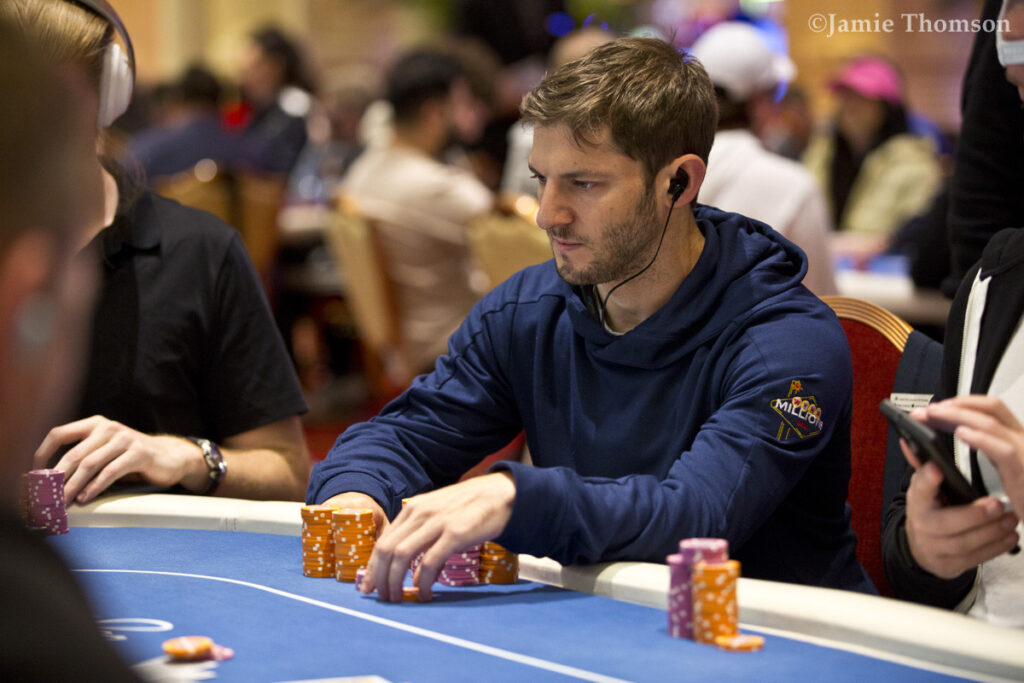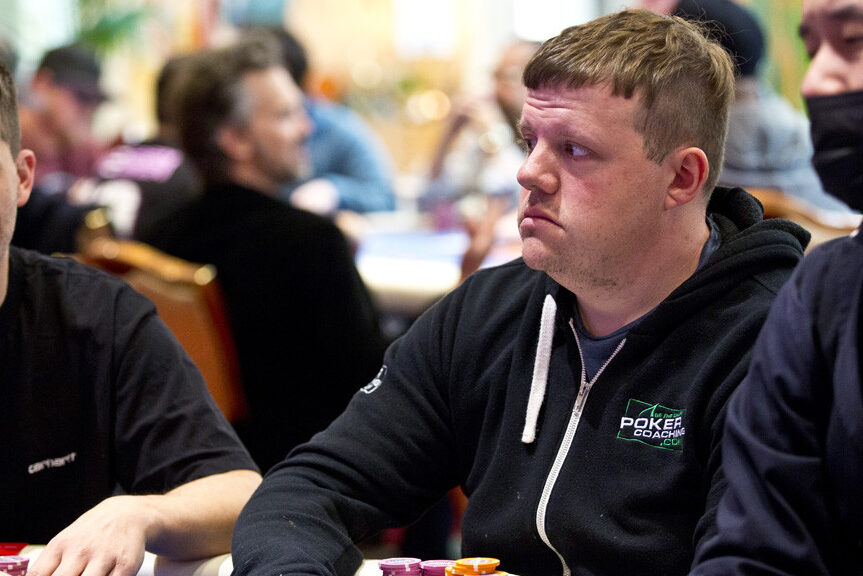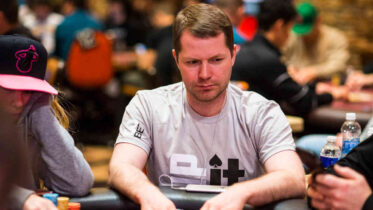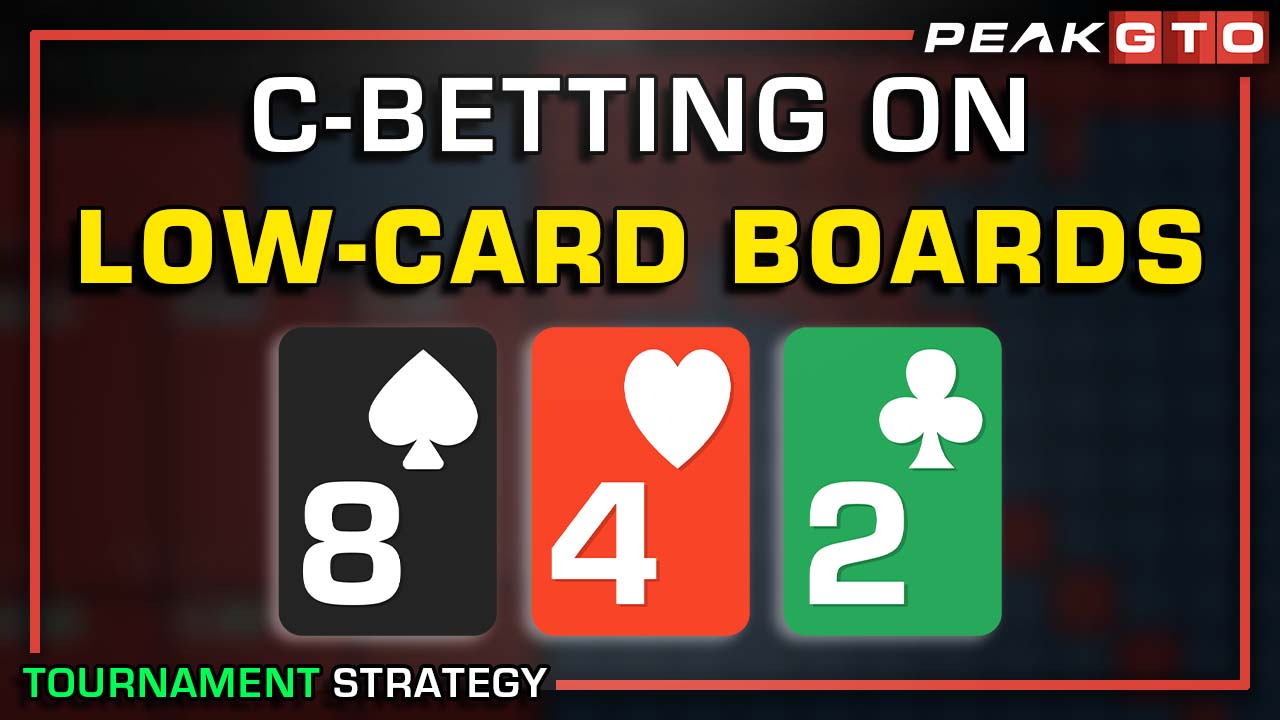The very best players in the game have a wide range of plays and skills at their disposal, but some come into play more often than others.
Value betting is certainly at the very top of that list, as getting proper value for your big hands is very important, especially when playing the game at lower levels.
While bluffing is definitely an integral part of the game, even at the low stakes, getting the value when you actually have the goods is even more important, as players at low stakes don’t like to fold too much.
In this article, we are going to explain what value betting in poker is, how to recognize the right spots to value bet, and how to make sure that you get maximum value from all your hands.
What Is a Value Bet in Poker?
Before we can discuss specifics, we must first define value betting and how it differs from other types of bets in poker.
By definition, a value bet is any bet made for value, meaning one that we hope gets called by an opponent holding an inferior hand.
Unlike a bluff bet, which is made with the hope that others will fold their cards, a value bet is made with the high hopes of getting a call and winning a big pot.
You can start value betting from the very start of a poker hand. Whether you are raising before the flop with pocket Aces, betting the flop with top pair, or going all-in on the river with the nut straight, all of these are considered value bets.
There are many spots where making a value bet is very straightforward, as our hand is so strong that there is no question we want to bet it and get maximum value.
On the other hand, there are also situations in which it is not clear if a value bet is warranted, and these are the ones worth talking about in more depth.
The next time you find yourself in a tricky spot and are not sure whether to make a thin value bet or not, you will have some frame of reference if you keep reading this guide to value betting in poker.
When Should I Bet for Value?
One of the biggest mistakes new poker players make is checking their option when they have a hand that is very likely to be the best hand in a given situation.
Players will often do so out of concern for their opponent having a bigger hand and out of fear that their opponent will fold a worse hand, but the truth is that you should be betting for value in the vast majority of cases if you believe you have the best hand.

Against amateur players, you will want to bet for value often as they will continue to draw even with very weak draws. Against good poker players, betting for value is a key part of balancing out your range and being able to bluff at a high frequency as well.
When thinking about whether or not to bet on a given betting street, you should think about the probability your hand is best and the probability your opponent will call you with a worse hand.
If the odds are your hand is best, and your opponent will often call with a weaker hand, you should be betting for value by all means.
If the odds are that your hand is not the best or that your opponent will not call with a weaker hand, you may want to skip a value bet for the time being.
If you imagine a scenario in which you are holding the nuts on the river, and your opponent checks to you, it is fairly obvious that you want to make a value bet in this scenario 100% of the time.
On the other hand, there are plenty of more complex value betting examples in which your hand is not very strong in absolute terms, but your opponent is still likely to make a call against your bet with weaker hands than yours.
When deciding whether or not to value a bet, you should always consider all the available information and do your best in accordance with the likelihood of your opponent having a hand good enough to make a call with but not good enough to beat you.
Let’s talk about some of the factors that may come into play when deciding whether or not to make a value bet.
Factor #1 – Your Opponent’s Range
The first thing to think about when deciding whether or not to make a value bet is your opponent’s range and how it connects with the board.
The more likely your opponent is to have connected with the board, the more you will want to bet for value with hands like top pair or better, which still rate to be the best.
For instance, imagine raising from an early position in a cash game, holding KcQc, and getting calls from the button and the big blind.
The flop comes QdJs7s and the big blind checks to you. This is a flop you will always want to make a value bet on, as it is very likely that one or both of your opponents have connected with the board.
You will be betting value from weaker Queens, all Jacks, some suited Sevens, and pocket pairs like 99, 88, as well as 66 and below sometimes, straight draws, as well as various Spade flush draws.
On the other hand, the only hands that really beat you here are QJ, 77, and the occasional AQ or JJ that decided not to 3-bet before the flop.
With so many hands in your opponents’ ranges that you beat and so few that are better than yours, a value bet is warranted 100% of the time, and a big one will do the trick on a board like this.
While you may want to balance by checking some of the time in games against tough opponents, against your average poker players, you will want to fire a continuation bet in this spot 100% of the time.
Factor #2 – Opponent’s Tendencies
Another thing that is worth considering when choosing between value betting and checking is your opponent and any specific reads you have on them.
When playing poker online, you often have actual stats on your opponent available, which can help inform your decisions and help you make the right play.
The more likely your opponent is to call bets, the more likely you should be to value bet anytime you have a hand that is reasonably strong in absolute terms.

For example, imagine playing in a $0.25/0.50 Texas Hold’em cash game online with effective stacks of $50 and opening AsAc from the middle position, only to get called by the big blind who has been playing a 40% VPIP and 40% WTSD (went to showdown).
This player’s stats show us that he plays way too many hands in general and simply loves to go all the way to the river once he gets involved in a pot.
The flop comes Jd9c8c. You fire a big c-bet into the pot and get called, only to see the 8d roll off on the turn. You bet once again and get a call. The river reveals the 2c, and your opponent checks once again.
This is a somewhat dicey spot and one that many average players check back almost 100% of the time, as they are afraid of their opponent having a flush, an Eight, or even a full house.
However, if we consider the fact our opponent loves going to a showdown and all the various hands that we are still beating, this river becomes a mandatory value bet.
We can still beat hands like J9, AJ, KJ, QJ, JT, TT, T9, and others, while we only lose to a handful of possible card combos. What’s even more, we hold the Ac, making the nut flush impossible and a flush in general less likely.
With our opponent never exhibiting any aggression, we can comfortably go for a half-pot bet in this spot, and we should not expect to get raised too much at the lower stakes. If we do get raised, our opponent likely has a better hand than our pocket Aces.
Playing live poker games, you won’t have stats like these readily available, so it will be your job to pay attention and try to get some reads on how your opponents play and what their general tendencies are.
Factor #3 – Your Image
Another thing worth keeping in mind when deciding between a value bet and a check is your image. This comes into play even more in live games, but it can also be important in online poker games, as other players will often have stats on you.
Once you reach that close spot between a check and a bet, your image might be the exact thing to think about.
Generally speaking, if you are a very aggressive player who loves to bluff often, you should also be value betting thinly a lot more often than most other players.
On the other hand, if you have been playing nitty and have not created an image of a maniac, you should be careful not to value bet too thinly, as your opponents are more likely to fold to your value bets, making it hard to get called by worse.
Imagine the following scenario. You have been playing in a live $2/5 game for several hours and have a stack of $700. You have been fairly card-dead and have only played a few hands, showing the nuts at showdown three times without winning any big pots with bluffs.
You are dealt 9s9h in early position, and you raise it to $12, getting called by the small blind and the big blind.
With $36 in the pot, you see a flop of Th8s6s. You fire a c-bet of $20 and get called by the SB while the BB gets out of the way.
With $76 in the pot, the dealer puts out the 3d. Your opponent checks, and you bet $40 this time around, once again getting called.
The river is the 3c and your opponent again checks to you. This is one of those spots where your own image comes into play.
If you were playing very aggressively and created an image of a maniac, you could easily fire a value bet of some $100 into the $156 here, expecting to get called by any curious 8x, 6x, 77, and even A-high on occasion.
However, if you believe your opponent perceives you as tight and fairly straightforward, you can expect that they folded some of these hands on the turn and are more likely to be holding Tx or a draw of some sort on the river.
For that reason, a check on the river may be more prudent if you are perceived as tight, while a bluff bet with your busted draws could make a lot more sense, as you would expect your opponent to have a very hard time calling yet another bet from you.
Don’t Be Afraid to Bet for Value
Betting for value when you have the best hand is one of the most important things in poker, and yet it is also the one thing that many players are most afraid of doing.

While pretty much everyone will bet with the nuts on the river, many players often miss amazing value betting spots with weaker hands, like one pair or two pairs on scary boards where they might be beaten.
If you want to reach the level of an elite poker player one day, you will have to change the way you think about value betting and remember that you don’t have to be right every single time when you make a value bet.
As long as your value bets get called by weaker hands often enough, you will be printing money one value bet at a time, so make sure to spend some time studying these close value betting spots so you can incorporate more value bets into your game in the future.
Instead of practicing those intricate bluffing spots, make sure to put more effort into your value betting game, and you will see your results skyrocket and your sessions become a lot more entertaining as you scoop one big pot after another without actually holding the nuts.





